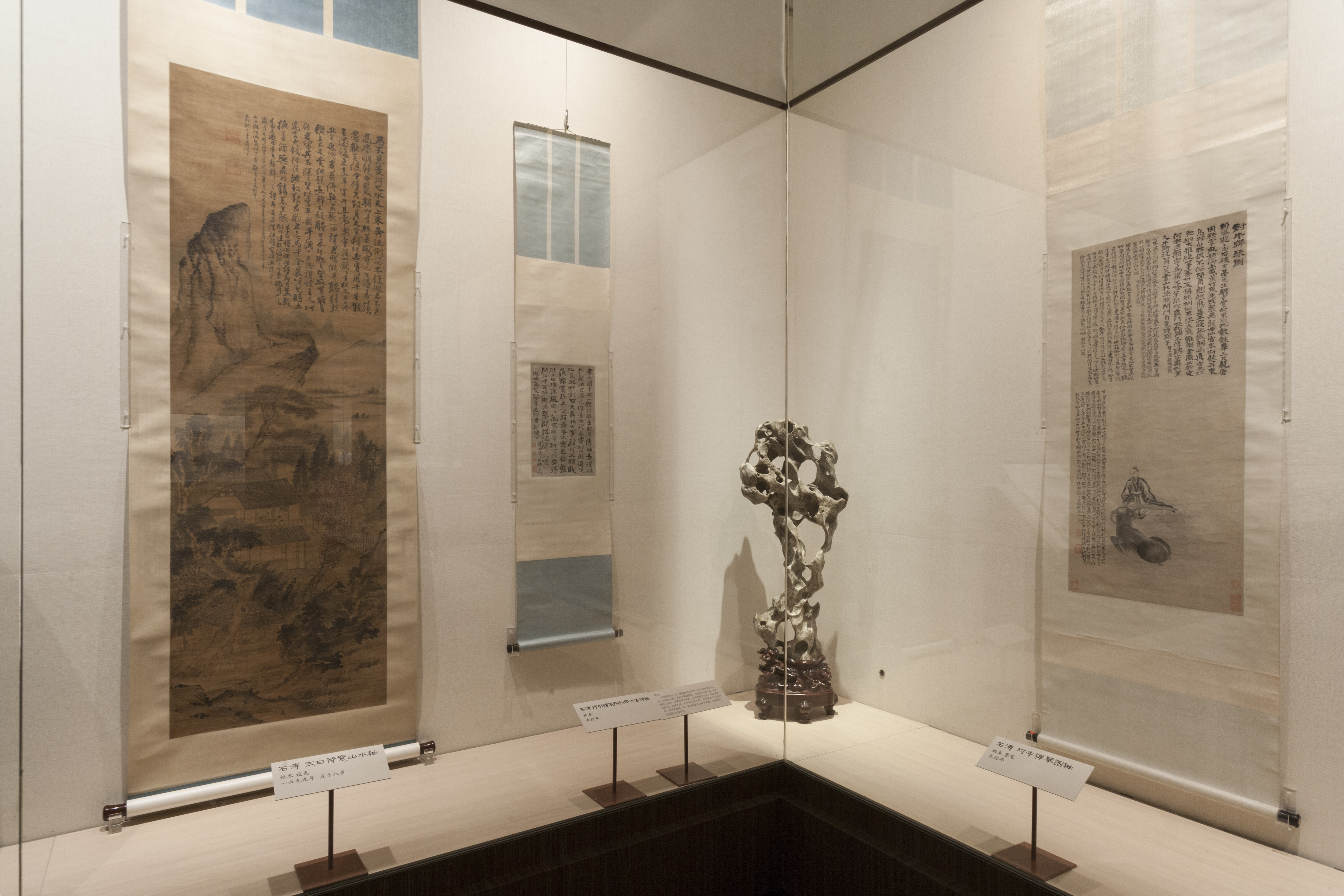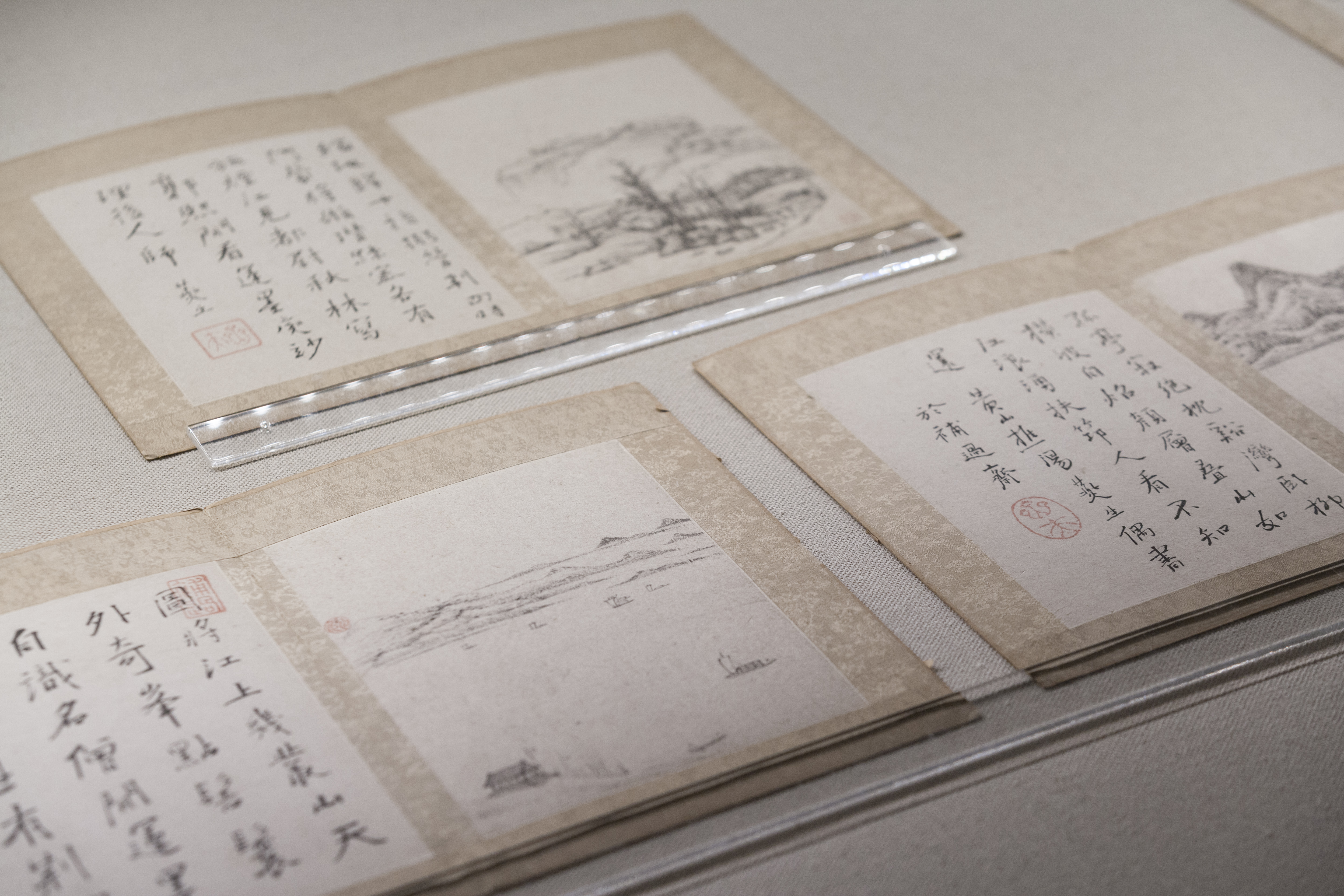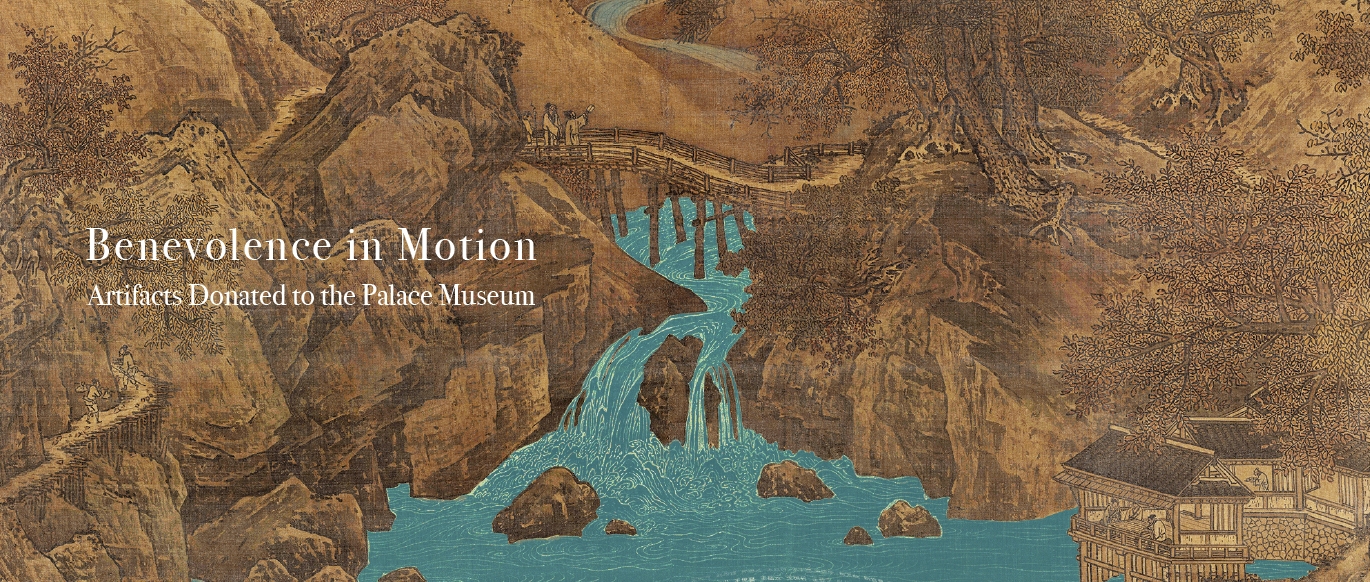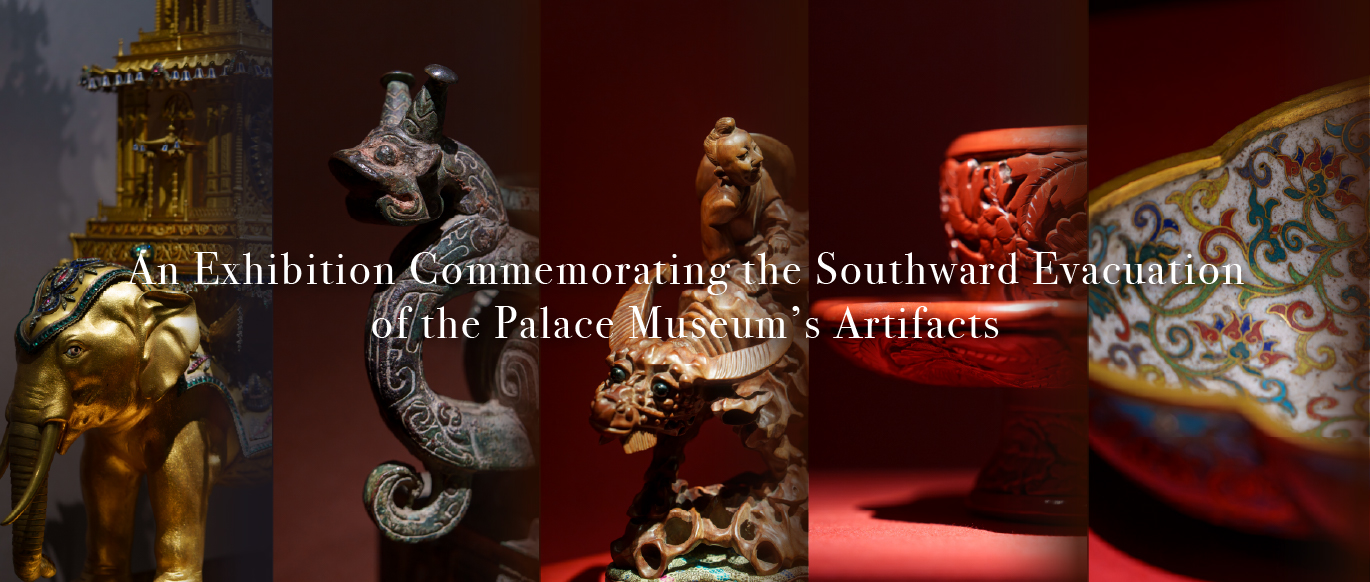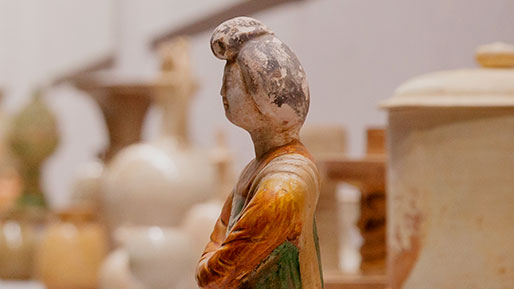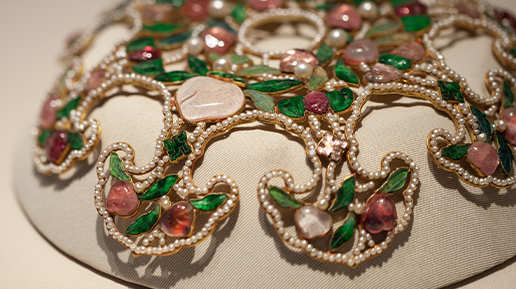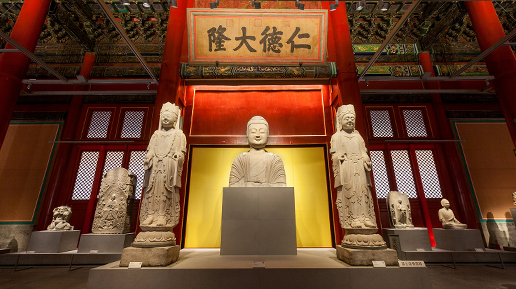Take a Virtual Tour of the Exhibition
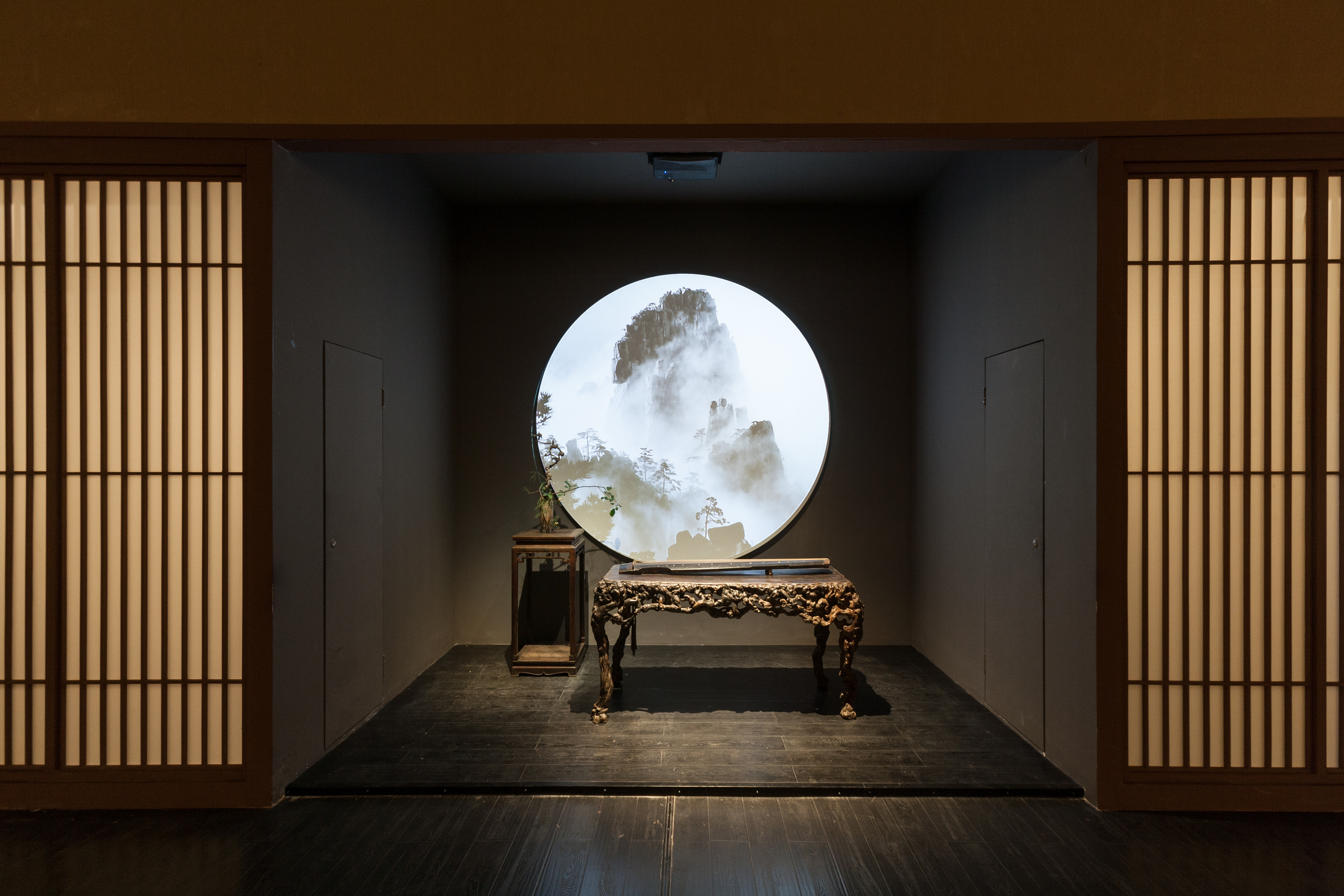
The Four Monks of the Early Qing (Qingchu siseng, abbreviated as Four Monks) refers to a group of artists who lived as Buddhist monks after the founding of the Qing dynasty (1644-1911). The four men were Hongren (secular name Jiang Tao, 1610-1664), Kuncan (secular surname Liu, 1612-1673), Bada Shanren (secular name Zhu Da, 1626-1705), and Shitao (secular name Zhu Ruoji, monastic name Yuanji, 1642-1707). Proficient in both painting and calligraphy, they all developed their styles by extensively studying former masters. While integrating the essence of historic masterpieces into their works, they developed their own iconic personal styles. Their works demonstrate these unique styles, but they share an intense expression of raw emotion and originality. This diversity of artistic form emerged from the hardships each of them faced throughout their lives. Their legacies profoundly influenced later generations of artists in the Qing dynasty and into the modern age, and, today, a bustling art scene of painters and calligraphers boasts many followers of the Four Monks.
